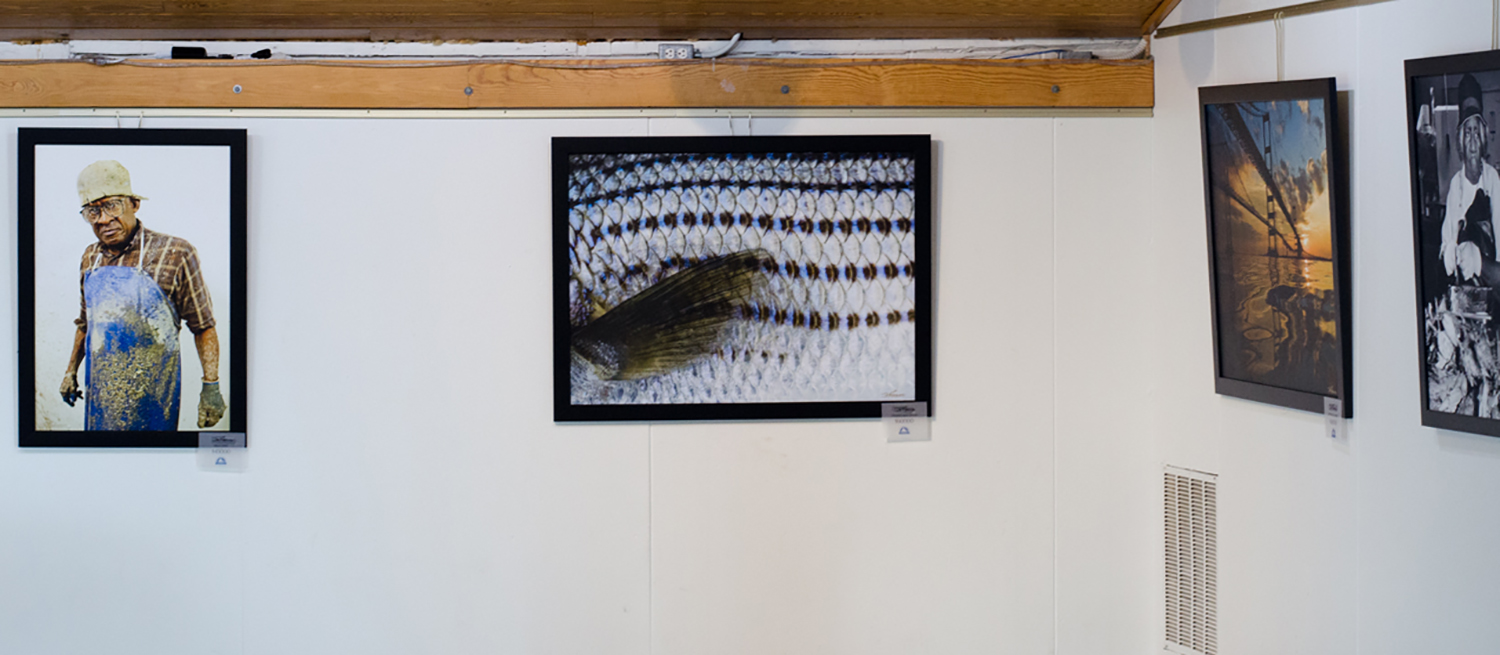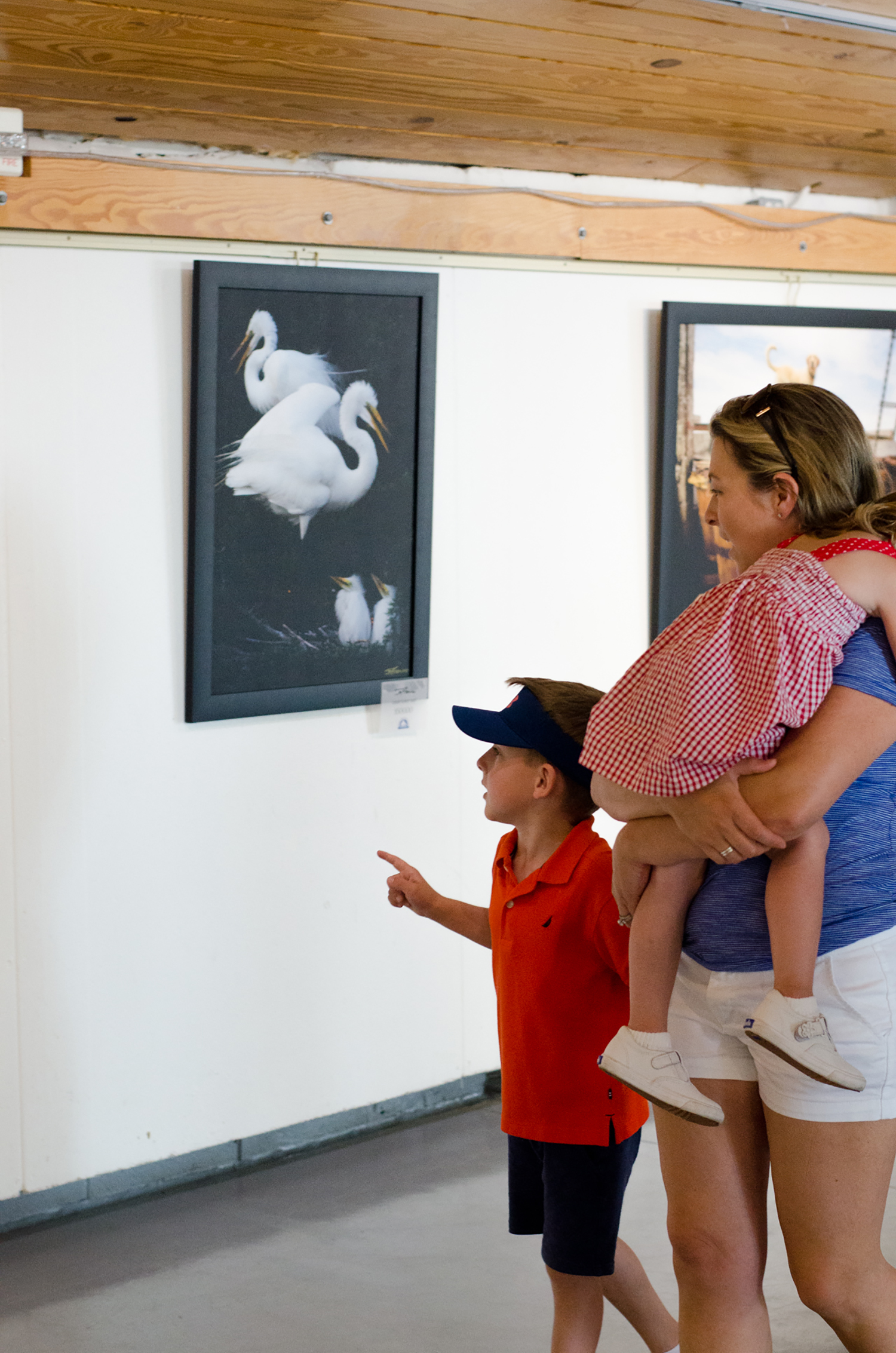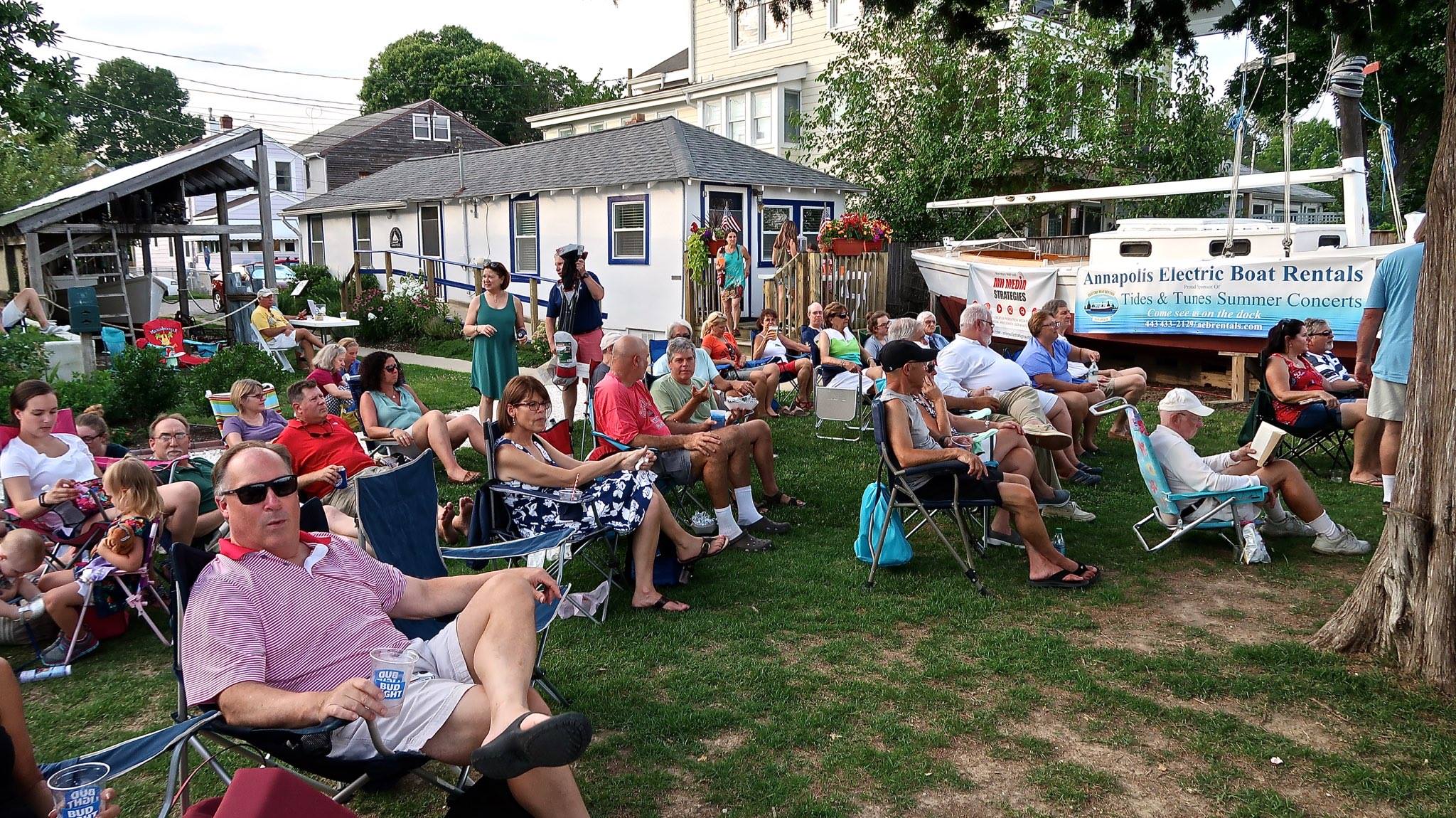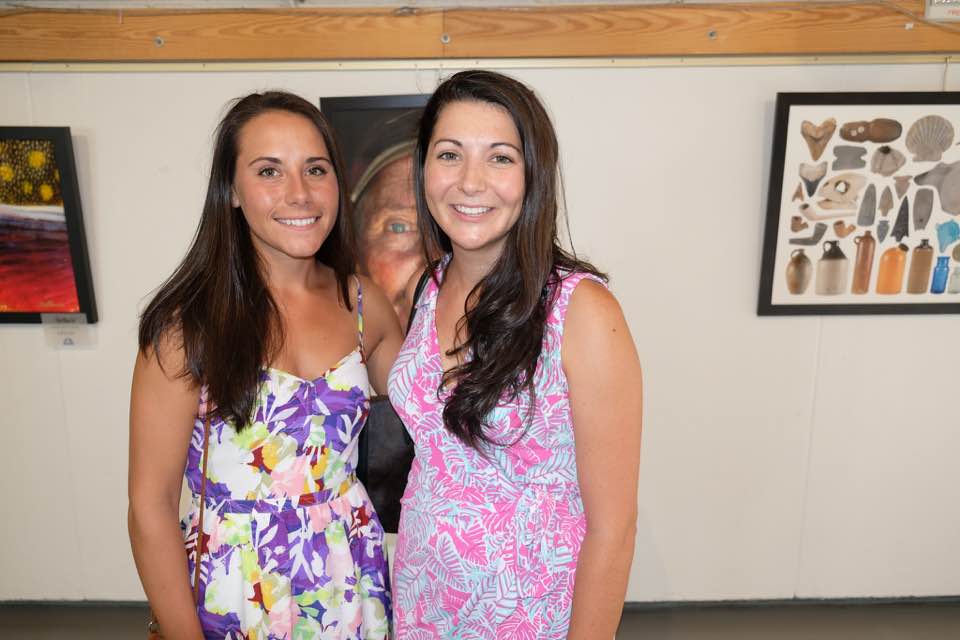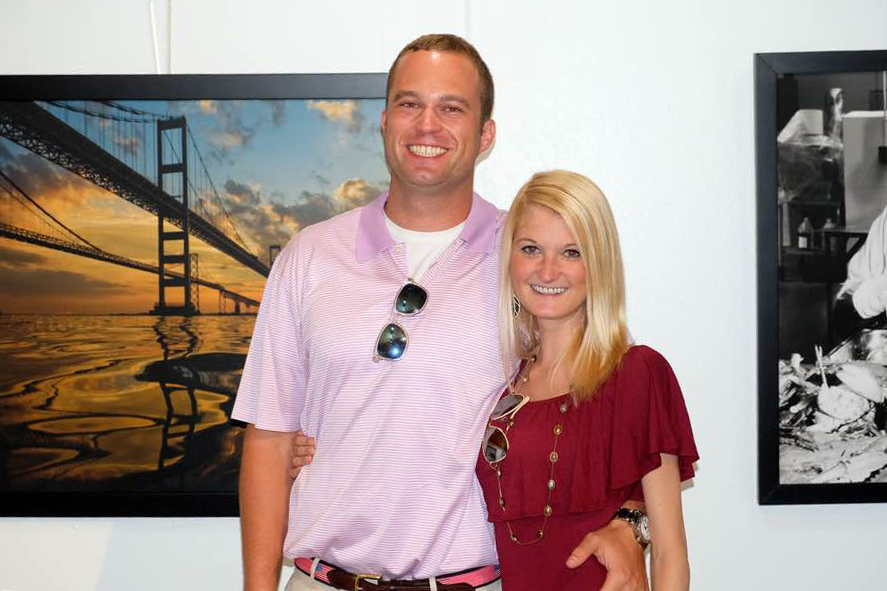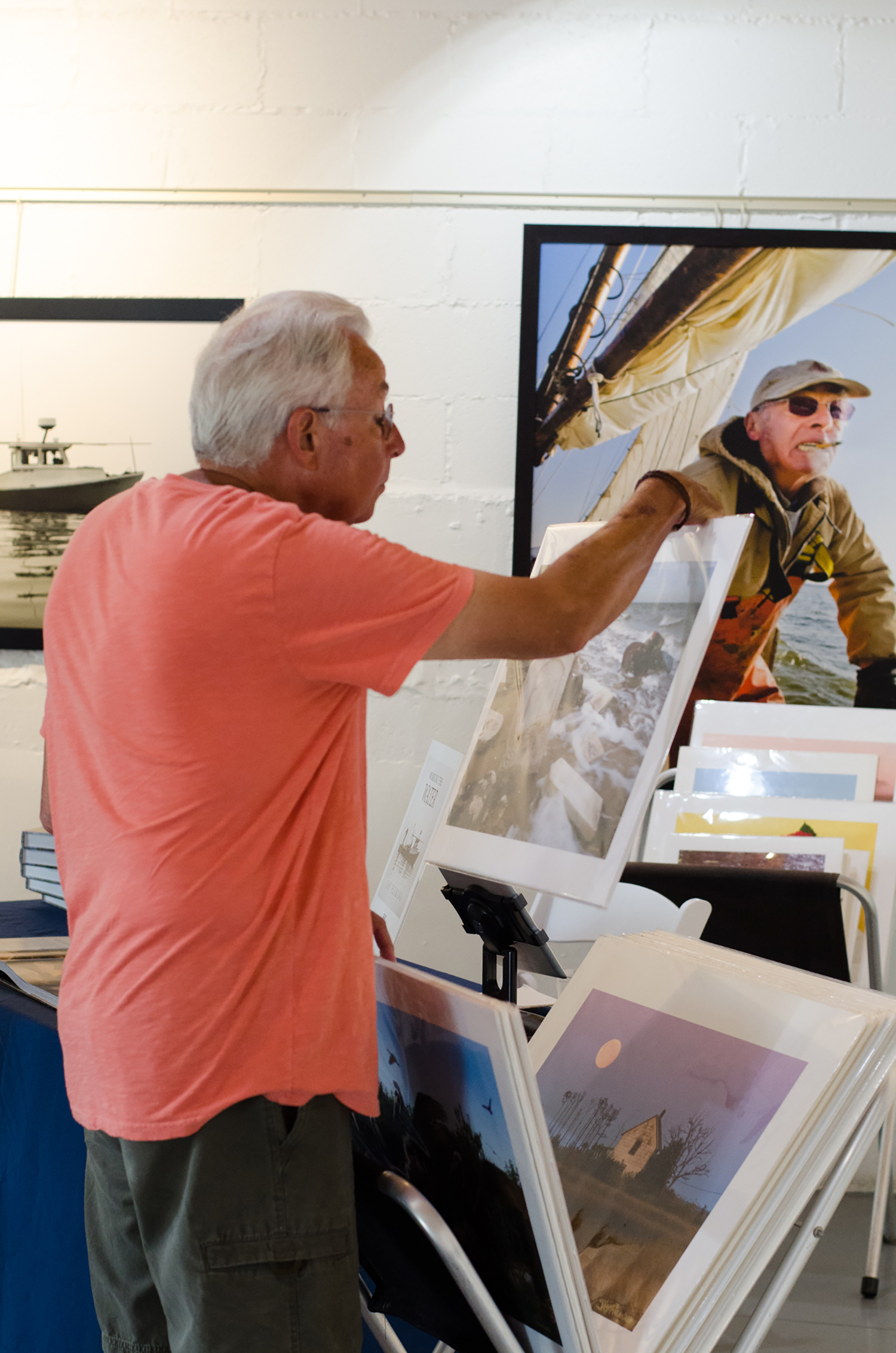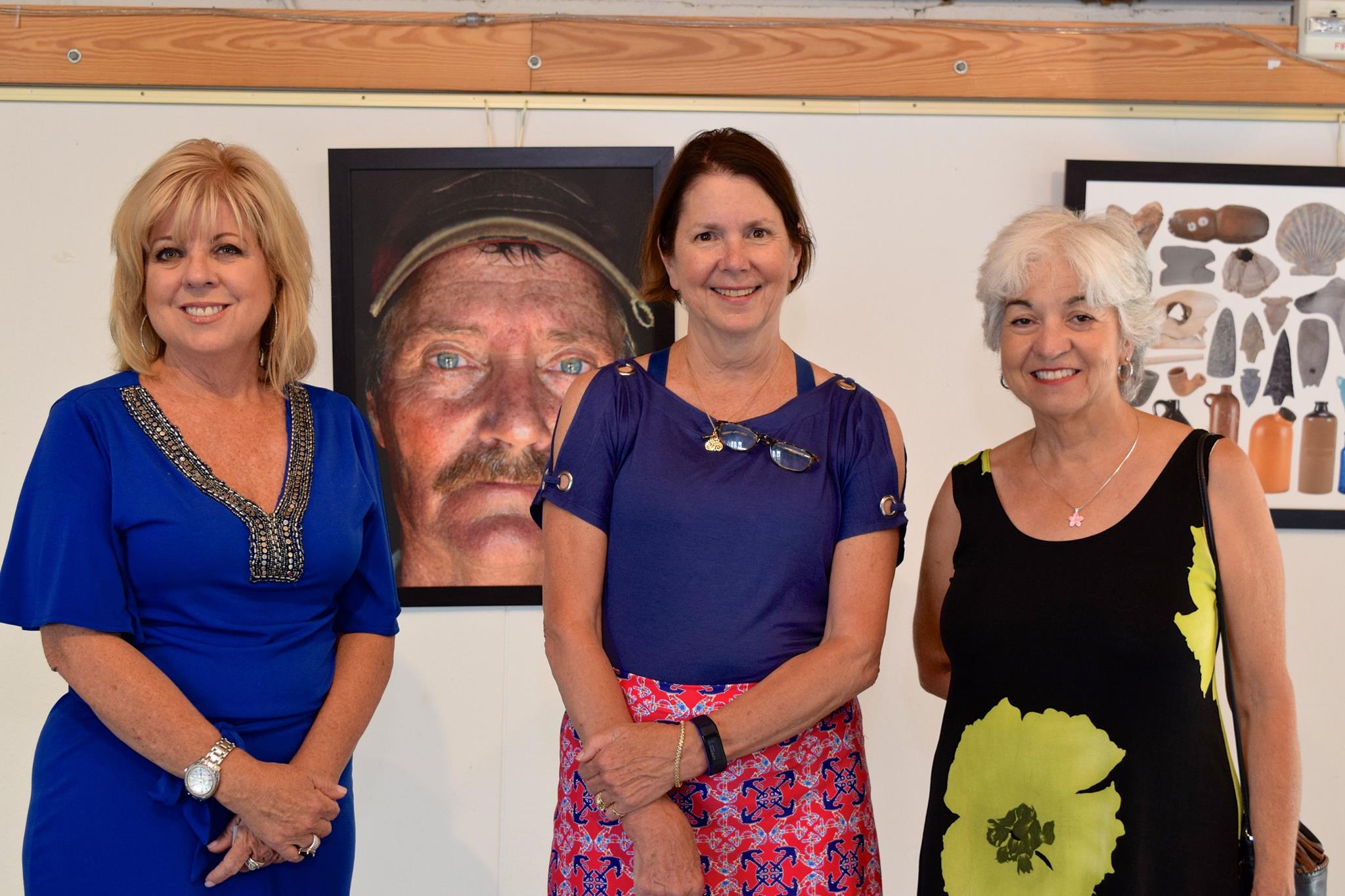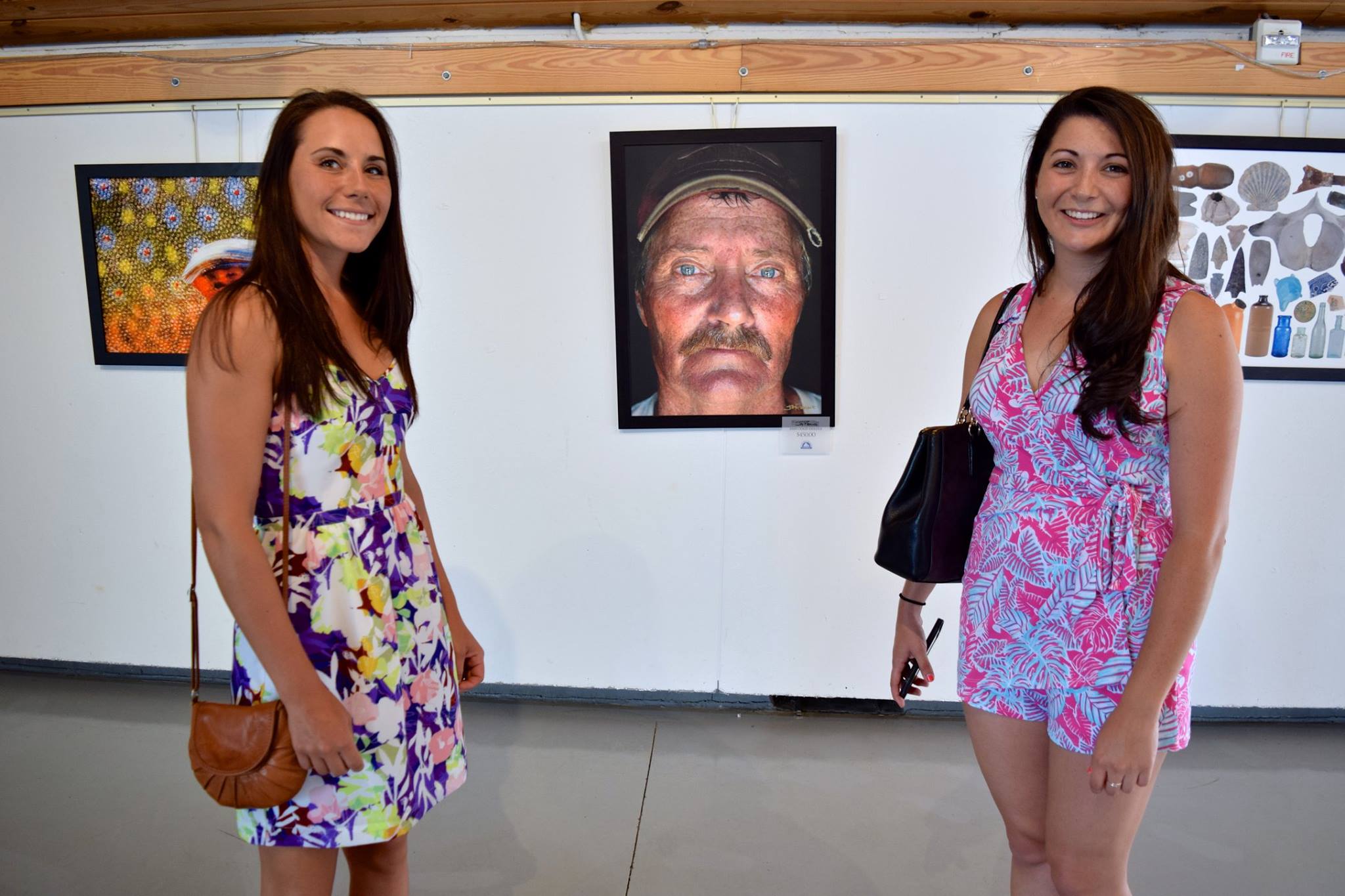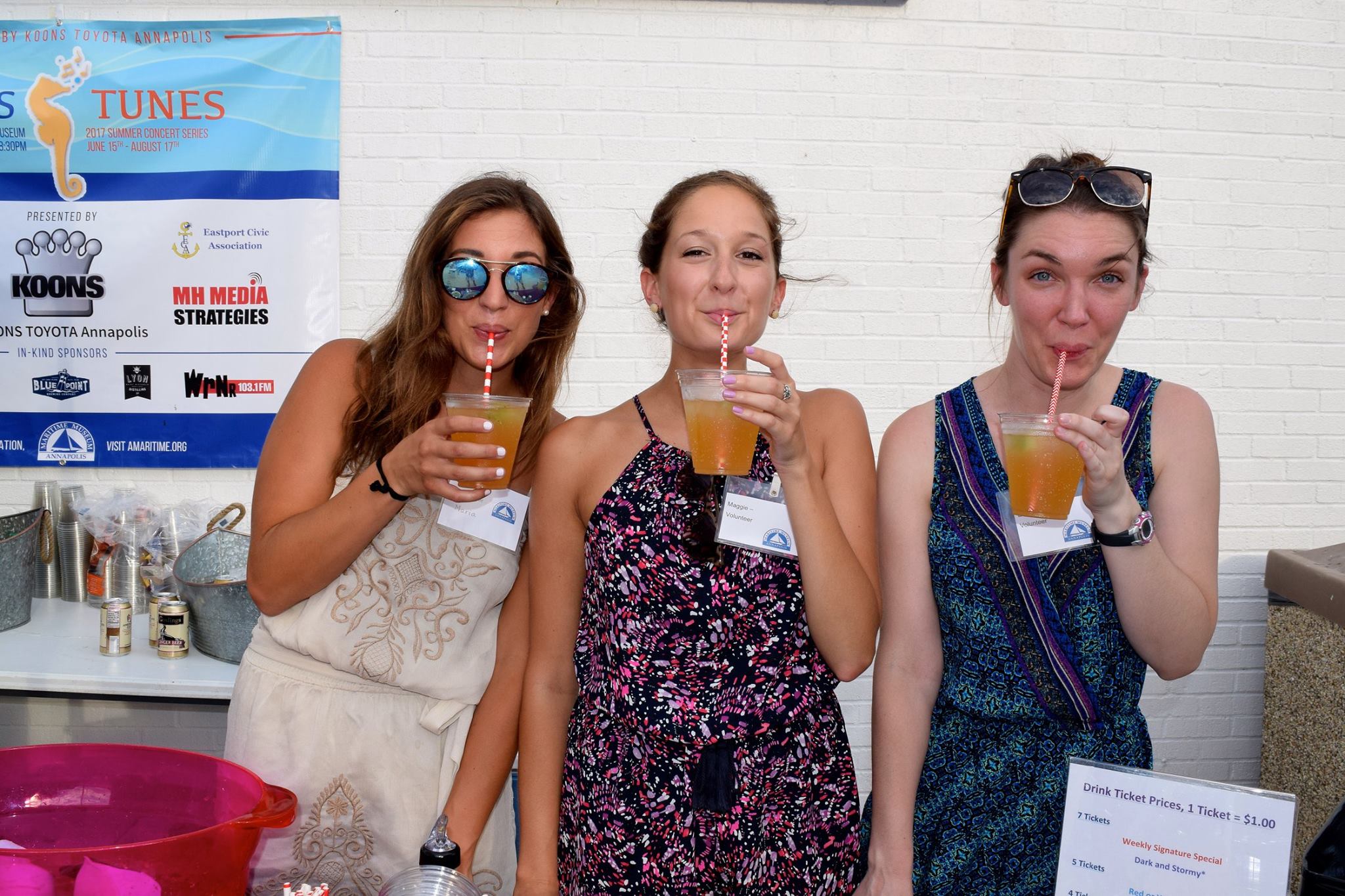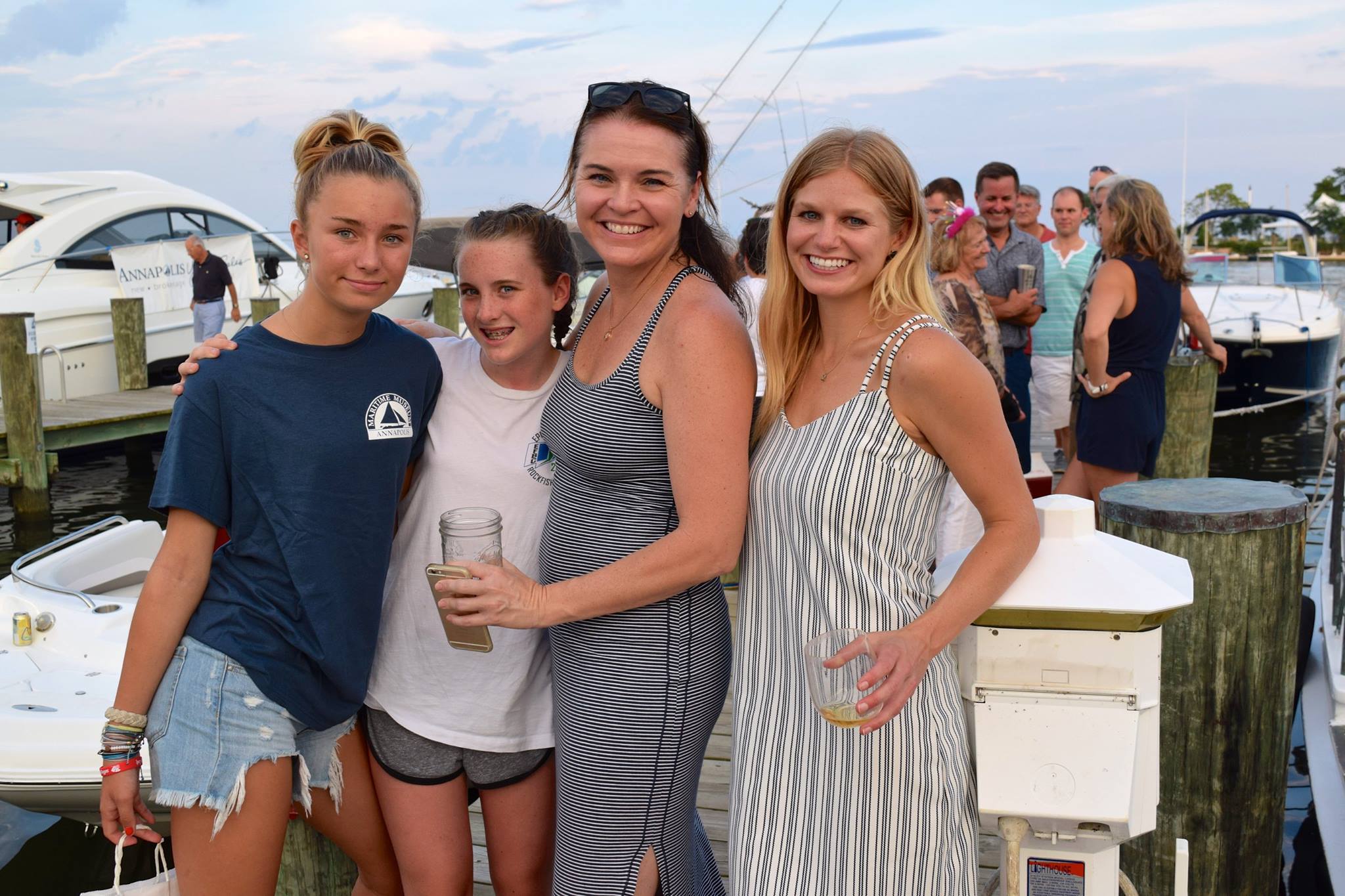Were there any photo excursions that stood out from the rest?
One of the most memorable trips on the water was a gill netting trip out of Tilghman Island. Gill netting for striped bass in Maryland is done during the winter months, December through the end of February. On the cold day in January that I decided to go out, it was forecasted to snow in the afternoon. I thought the snow would be a nice environmental addition to the photographs, illustrating the difficult nature of the working conditions. When the snow did start, the wind did also. The watermen were picking up their nets with the stern of the boat into the wind and tide, which created freezing spray. It was difficult to shoot pictures in the adverse weather, but the images of the watermen covered in ice were very effective in telling the story of their work. The watermen picked up their nets as quickly as possible, and headed for shore.
When we got to the dock, I was ecstatic to be on land. The captain of the boat jokingly remarked that he had “never seen someone get off of a boat so quickly.” The images from that cold January day in the mainstem of the Chesapeake Bay were and still are very memorable. That day helped me come to a new level appreciation of what some people will do to make a living. The photographs from captain Jerry Janda’s boat are featured in the Winter Gill Netting chapter of “Working the Water.”
It sounds like you’ve traveled quite a bit, photographing different regions. What made you decide to do a book on the Chesapeake Bay?
I have traveled to quite a few different countries to create unique photographs and learn about different cultures. Most recently I spent a month in Cuba photographing the people, wildlife, and landscapes of the unique island. Even after experiencing so many unique and eye-opening things, my passion for photography lies with the Chesapeake Bay.
The Chesapeake is something that so many people hold close to their hearts. It is an area rich in history, culture, and wildlife. Many people living within the Chesapeake Bay watershed do not get to experience what I have photographed and what the watermen do everyday. The iconic seafood of the region — crabs, fish and oysters — is something that anyone can relate to. My goal in doing a book on the Chesapeake Bay was not only to create something that showed the current state of the seafood industry, but also to educate people as to how the different seafood products come to the table and about the environment that they come from. I am from Annapolis, MD, and I have always considered the Chesapeake Bay my ‘backyard,’ so it only seemed natural to pursue a project that I was truly interested in.


